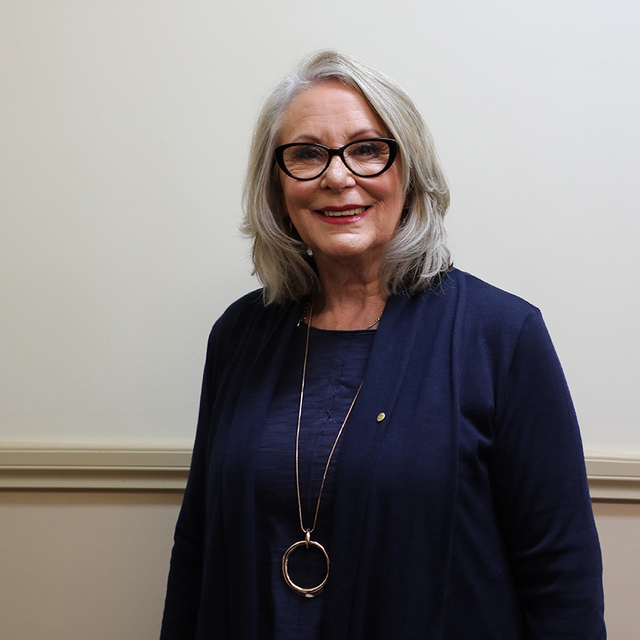In a recent article in the Guardian, the UK Local Government and Communities Secretary, Ruth Kelly, pointed to the fact that Central Government and its agencies currently require UK Councils to report on 566 separate performance criteria. She said research has found that Councils are now spending 80 per cent of their time reporting to Whitehall departments.
Research by PricewaterhouseCoopers found that the typical Council was spending around 1.8 million pounds per annum in meeting the costs of this performance regime.
The Secretary has pledged to turn this around so that UK Councils are responding to local needs and are accountable to local people. She said this is the time to start trusting Local Government and local people to make decisions for themselves so they are able to set local priorities that deliver according to local need.
In Australia, Councils are better placed than their UK counterparts. In spite of some State legislative control, including ratepegging in New South Wales, they have greater autonomy and ability to source their own revenue.
But speaking at the recent Local Government Association of Tasmania annual conference, Graham Sansom, Director of the University of Technology Sydney’s Centre for Local Government, warned that becoming too dependent on grant funding from the other spheres of government risks taking on an “agency” status and a loss of autonomy for Local Government. He said UK Councils rely on around 70 per cent of their revenue from Central Government grants which brings with it strings attached, auditors, reports and loss of autonomy.
Graham Sansom pointed out that on average Australian Local Governments are 80 percent self sufficient, which is a much better position than that of our State Governments. He said that financial strength of Local Government is fundamental to policy influence and autonomy. However, he said that as well as the growth in Local Government functions clearly outstripping revenue and the major infrastructure backlog, rates have failed to keep pace with State and Federal taxes. Councils are now $3 billion per annum worse off than if rates growth had been the same as the Federal and State taxes. Moreover, in recent years State Governments have moved further into Local Government’s traditional area of tax on land through stamp duty, land taxes and property taxes. Now collecting twice as much as Local Government does from property taxes, Graham Sansom points out that unlike the restraint Councils have used with any increase in rates, the States have shown no such restraint riding high on the recent property boom.
The message is clear. Councils need to avoid the trap of becoming too reliant on grants, particularly where there are strings attached. Getting serious about long term financial planning and investigating options for alternative sources or revenue is more important than ever. Councils working with other stakeholders and in particular the local community will result in inkind support, as well as a greater understanding about setting priorities and working cooperatively to achieve goals.
Once the community understands how any increase in rates or additional borrowings will be used and the resulting benefits, the battle should be won. Recent success in gaining Ministerial approval to increase rates above the New South Wales’ ratepegging level rested heavily on a Council’s efforts to engage with its community and gain residents’ support for such a move.







